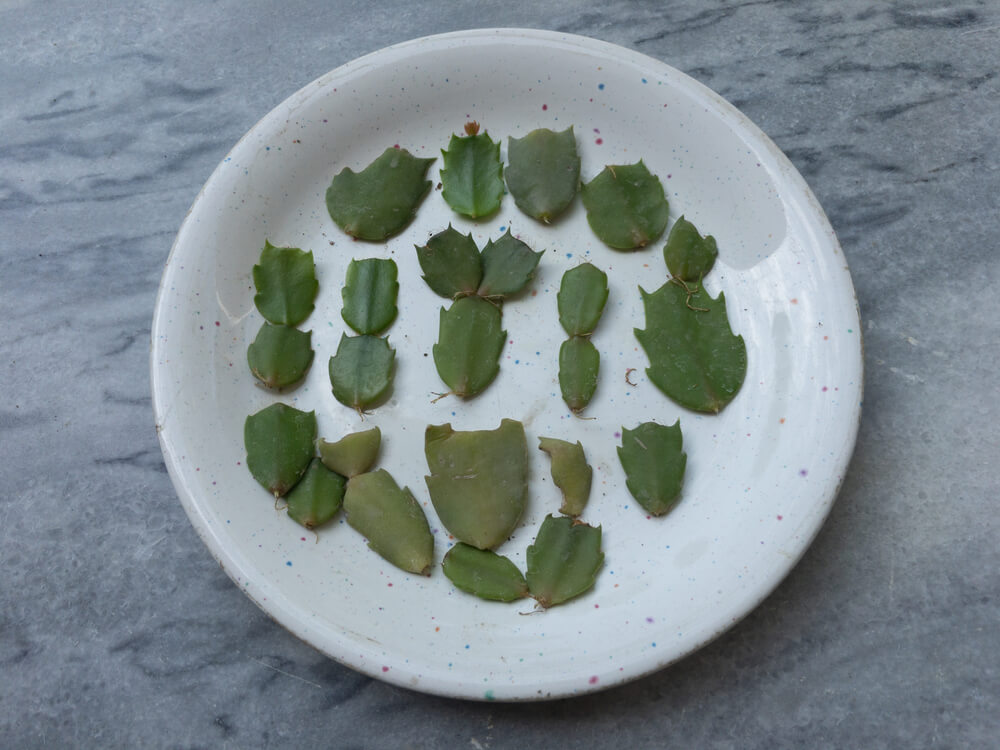Christmas cactus (Schlumbergera) is a cherished houseplant, renowned for its vibrant blooms that typically adorn homes during the winter months. Unlike traditional cacti, which thrive in arid environments, Christmas cacti flourish in humid rainforests. This characteristic makes them uniquely captivating. Their resilience, coupled with the ease of propagation through cuttings, intrigues many enthusiasts. This guide will delve into the simple yet effective process of propagating Christmas cactus from cuttings, ensuring that you can cultivate your own vibrant collection.
Understanding the Characteristics of Christmas Cactus
The Christmas cactus is not a true cactus species; it belongs to the family Cactaceae yet exhibits epiphytic growth habits. This means that in their native habitats, they grow on other plants rather than in soil. Differentiating this species from true cacti is crucial for successful propagation. The Christmas cactus showcases segmented, flat stems adorned with small, scalloped edges, creating a unique aesthetic suited to a range of decor styles. Furthermore, its blooms, which are often fuchsia, red, or white, are tubular and can last for weeks, making them a highlight of the holiday season.
Timing Your Propagation: The Right Moment Matters
To propagate Christmas cactus effectively, timing is paramount. The ideal period for taking cuttings is late spring or early summer when the plant is actively growing. At this time, the segments are fleshy, healthy, and capable of rooting efficiently. Avoid attempting to propagate during the dormant winter months when the plant is focusing energy on existing growth and flower production. Recognizing this cycle can enhance your success rate exponentially.
Gathering the Necessary Tools and Materials
Before embarking on your propagation journey, ensure you have the following materials at hand:
- Sharp Pruning Shears: For clean cuts that minimize damage to the parent plant.
- Potting Mix: A well-draining mix is crucial; consider using a blend designed for epiphytic plants.
- Small Pots: Opt for pots with drainage holes to prevent water accumulation.
- Water: Needed for moistening the potting mix.
- Rooting Hormone (optional): While not essential, it can promote faster root development.
Selecting the Right Cuttings: Quality Over Quantity
Cuttings should be taken from healthy, mature segments of the Christmas cactus. Look for sections that are at least two to three segments long, preferably free from blemishes or signs of disease. Use your sharp pruning shears to remove these cuttings, making a clean cut at the joint between segments. This approach minimizes stress on the plant and maximizes the surface area for potential rooting. Once cut, allow the segments to air dry for a day or two. This drying process, known as callousing, helps prevent rot when the cuttings are placed in the potting mix.
Rooting Techniques: The Art of Planting
After the cuttings have dried sufficiently, it’s time to plant them. Fill your small pots with the pre-moistened potting mix, ensuring even distribution throughout. If you chose to use rooting hormone, dip the end of each cutting into the hormone before inserting it into the soil. This step is optional but recommended for enhancing root growth. Insert each cutting about an inch deep into the potting mix, ensuring they are stable and upright.
Creating Optimal Conditions for Growth
The environment in which your cuttings root is vital. Place the pots in a warm, bright spot, but out of direct sunlight, which can scorch the tender cuttings. A temperature range of 70°F to 80°F is ideal for encouraging root growth. To maintain humidity, consider covering the pots with a plastic bag or a clear plastic dome. This will create a miniature greenhouse effect, trapping moisture and warmth around the cuttings. However, it is crucial to monitor for excess moisture, as this can lead to mold or rot.
Patience in Propagation: The Waiting Game
Rooting can take time. Typically, you can expect to see roots developing within three to four weeks. However, it may take longer depending on environmental conditions. Gently tug on the cuttings to check for resistance; if they are anchored firmly, roots have likely established. Once rooted, spare no time in acclimatizing them to lower humidity and gradually reintroducing them to brighter light. This staged transition will help the young plants adjust seamlessly to their new environment.
Post-Propagation Care: Nurturing Your New Plants
After successfully propagating Christmas cactus, proper care is imperative for healthy growth. Water sparingly; allow the top inch of soil to dry out between watering sessions. This plant is susceptible to overwatering, leading to root rot. Fertilize every few weeks during the growing season with a diluted, balanced liquid fertilizer to bolster their development. Once your Christmas cacti reach maturity, you can enjoy their blooming beauty during the holiday season and share them with friends and family.
In summary, propagating Christmas cactus from cuttings can be an immensely rewarding experience. The combination of patience, observation, and proper care allows you to replicate the ethereal beauty of these unique plants. Remember to cherish each step of the propagation process, as it embodies the spirit of growth—much like the festive season they symbolize.





Leave a Comment